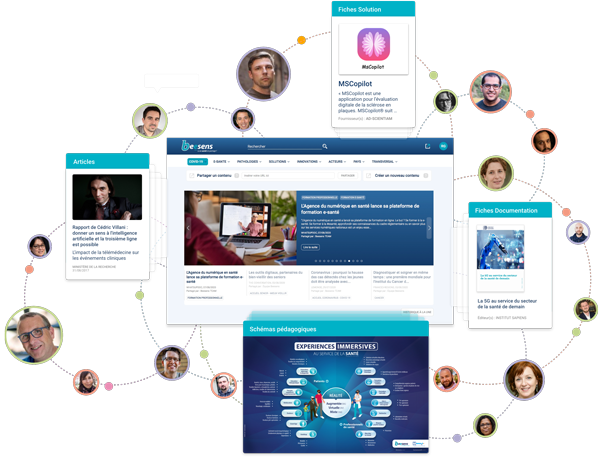"Imagine being able to measure your blood sugar levels, know if you’ve had too much to drink, and track your muscle fatigue during a workout, all in one small device worn on your skin. Engineers at the University of California San Diego have developed a prototype of such a wearable that can continuously monitor several health stats—glucose, alcohol, and lactate levels—simultaneously in real-time.
The device is about the size of a stack of six quarters. It is applied to the skin through a Velcro-like patch of microscopic needles, or microneedles, that are each about one-fifth the width of a human hair. Wearing the device is not painful—the microneedles barely penetrate the surface of the skin to sense biomolecules in interstitial fluid, which is the fluid surrounding the cells beneath the skin. The device can be worn on the upper arm and sends data wirelessly to a custom smartphone app.
Researchers at the UC San Diego Center for Wearable Sensors describe their device in a paper published May 9 in Nature Biomedical Engineering.
“This is like a complete lab on the skin,” said center director Joseph Wang, a professor of nanoengineering at UC San Diego and co-corresponding author of the paper. “It is capable of continuously measuring multiple biomarkers at the same time, allowing users to monitor their health and wellness as they perform their daily activities.”
Most commercial health monitors, such as continuous glucose monitors for patients with diabetes, only measure one signal. The problem with that, the researchers said, is that it leaves out information that could help people with diabetes, for example, manage their disease more effectively. Monitoring alcohol levels is useful because drinking alcohol can lower glucose levels. Knowing both levels can help people with diabetes prevent their blood sugar from dropping too low after having a drink. Combining information about lactate, which can be monitored during exercise as a biomarker for muscle fatigue, is also useful because physical activity influences the body’s ability to regulate glucose..."
Lire la suite
Multi-tasking wearable continuously monitors glucose, alcohol, and lactate
UCSD, 12/09/2022
Partagé par :
Beesens TEAM











